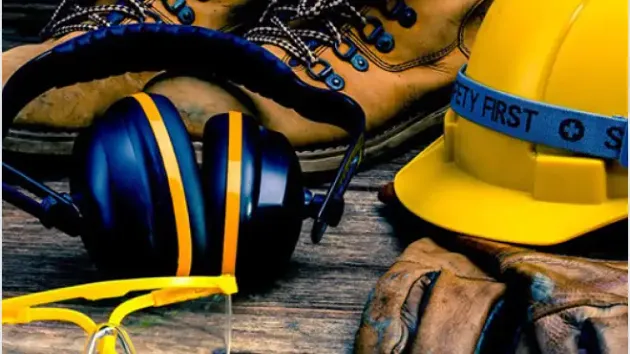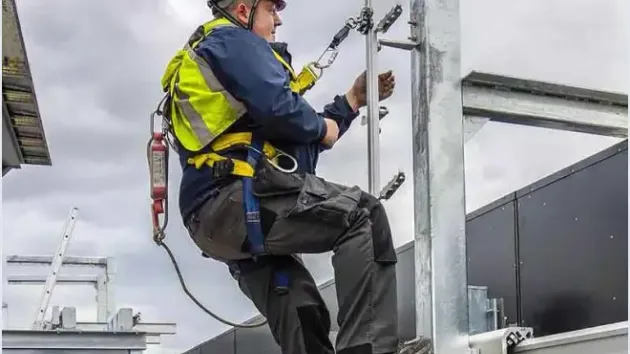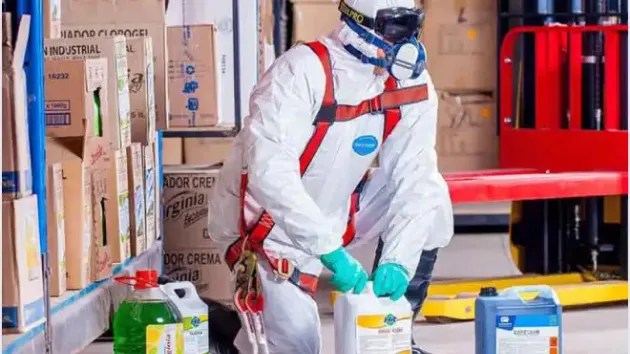Introduction
Although firefighters are trained to deal with different types of emergencies – from car accidents to natural disasters, civil disturbances, medical emergencies, and more – their most important role remains the effective containment of fire outbreaks. Given the fact that these employees are exposed to considerable risks on a daily basis, safety training is of paramount importance for their safety.Potential Hazards
Some of the most pressing risks that firefighters must deal with include:
Lack of Oxygen.
During an outbreak, oxygen is consumed to sustain the chemical reaction of a fire. In addition, burning objects will often give off large quantities of carbon monoxide. Especially when working with emergencies in closed spaces or buildings, the total amount of available breathable air is significantly reduced, which means that suffocation is a likely outcome.Explosions.
Given the fact that nearly any material can pose a risk of detonation when divided into dust-form, explosions are the second most pressing occupational hazard of firefighters. This risk is so ubiquitous because even non-combustible materials (such as iron or aluminum) can become detonated in certain circumstances. In a building or confined space overtaken by fire, the fireball effect is a distinct possibility.Burns.
Firefighters who enter buildings or hold the front end of a nozzle are exposed to an increased risk of burns. While dry air is relatively safe, very hot humid air or steam can burn the firefighter’s airways without them ever being close to the source. Prolonged exposure to radiant heat can also lead to burns on a large percentage of the body.Falling from Heights.
Whenever firefighters are tasked with extinguishing a domestic building, they must also rescue anyone who may be left behind. In such instances, prolonged expeditions in structurally precarious buildings can lead to falling from great heights.
Incident Prevention
Statistics show that firefighters are often injured and even killed when responding to emergencies. Although the hazards mentioned are some of the most commonly encountered, they are by no means the only life-threatening risks firefighters encounter on a daily basis. Training is a significant part of the routine of emergency personnel, whether they are volunteers or paid professionals.
The only way to reduce the multitude of risks associated with firefighting is to acquire vital safety information regarding all types of emergencies. With enough safety training, employees are eventually able to extrapolate on their knowledge in order to deal with both predictable and unforeseen circumstances.
The overarching mission of any firefighter is to preserve life and property, in that order. As such, fire department employees must develop a safety-conscious attitude that prioritizes the reduction of life-threatening hazards at all times. Such a mentality can only be acquired after years of training and experience.
Recommended Safety Courses



What You Can Do to Stay Safe
The best way for an emergency responder to stay safe is to constantly prepare to face the hazards commonly associated with the job. Both state and private employers are legally mandated to provide enough safety training for their emergency workers. The information contained in these safety courses can help firefighters maintain their safety and that of others.
Furthermore, emergency workers are legally required to undergo safety training and apply what they have learned in order to reduce the health risks they face on a daily basis. Time and experience diminish the likelihood of unfortunate events, but the former should always be accompanied by regular training sessions.



